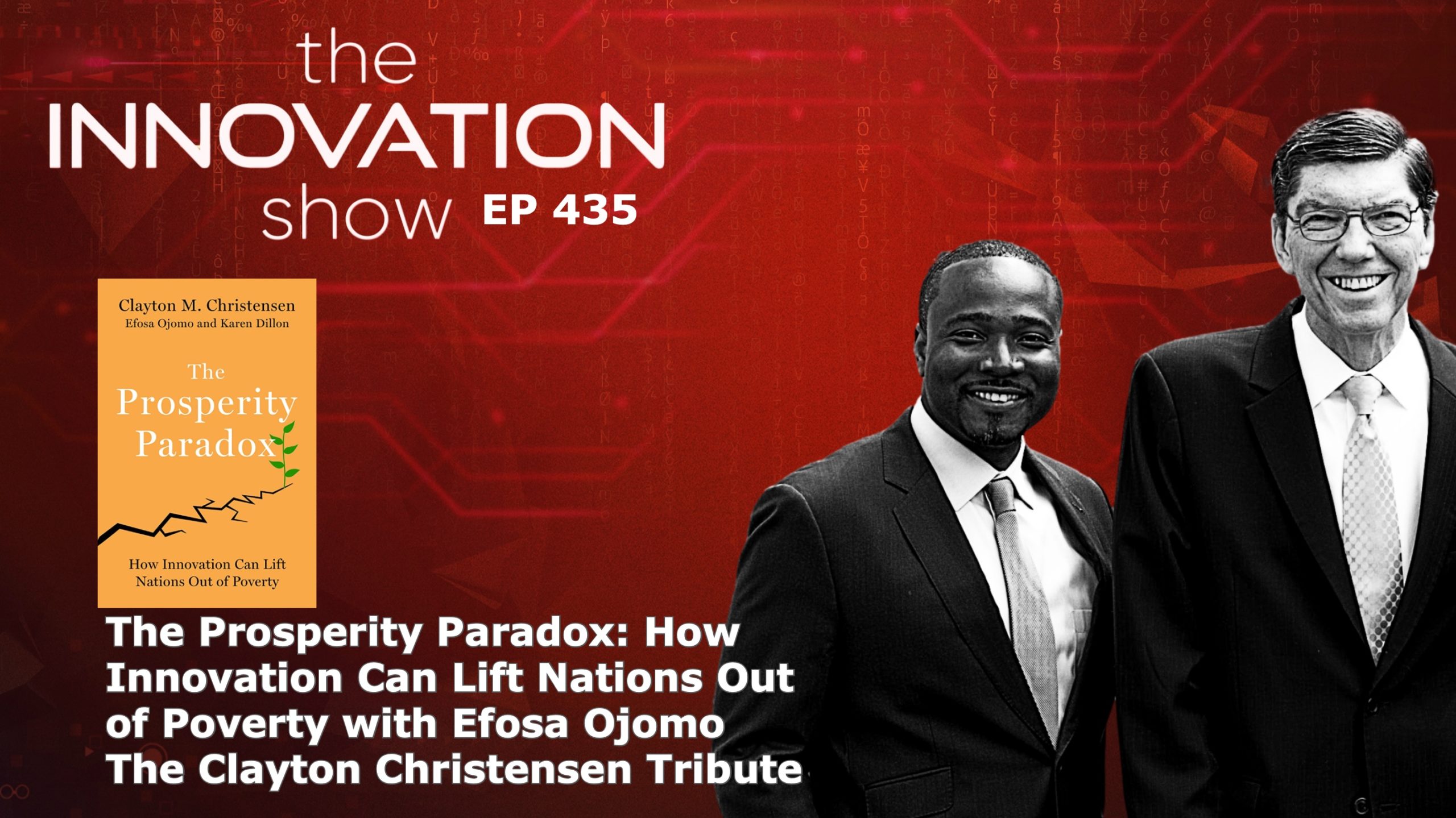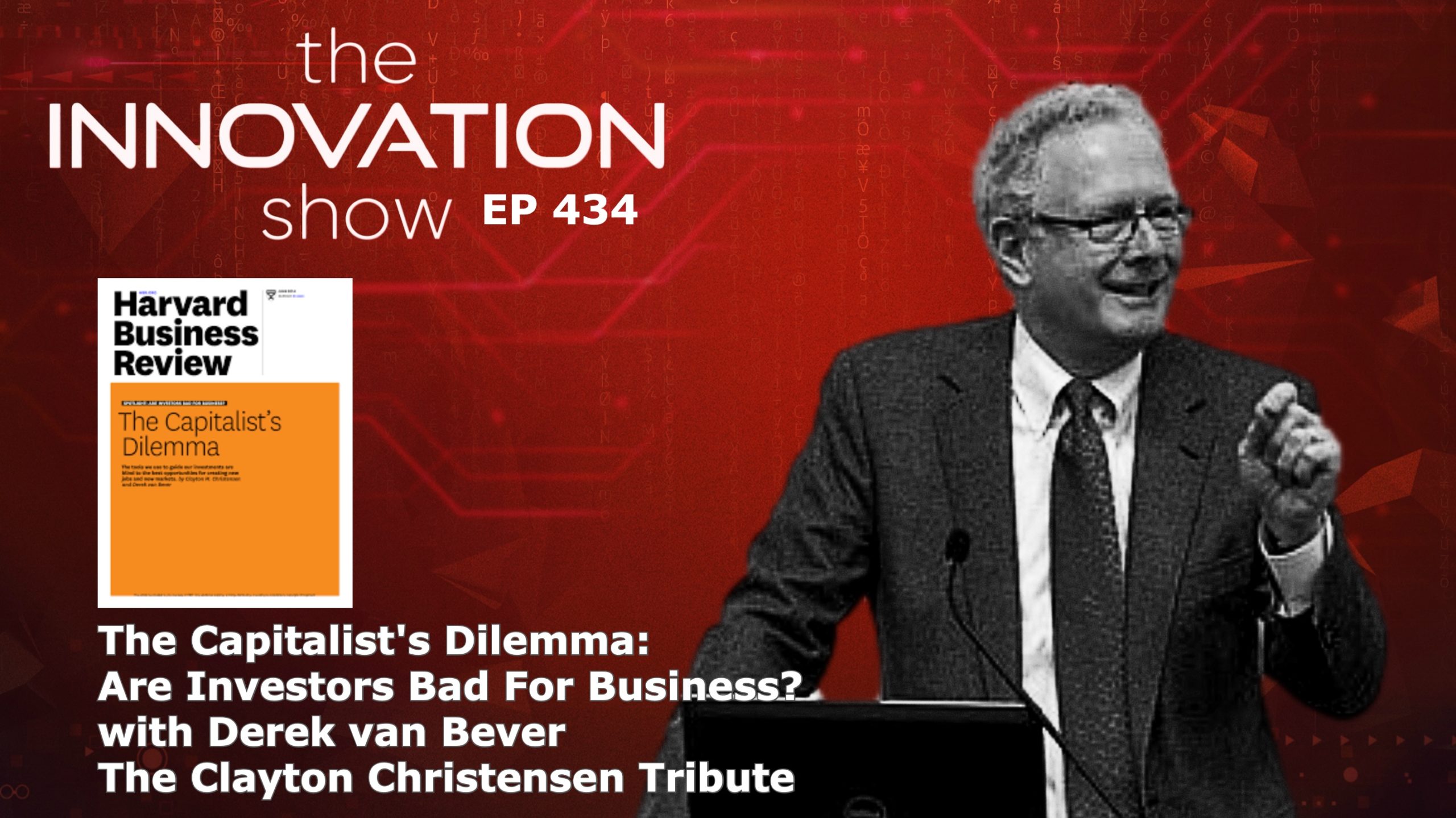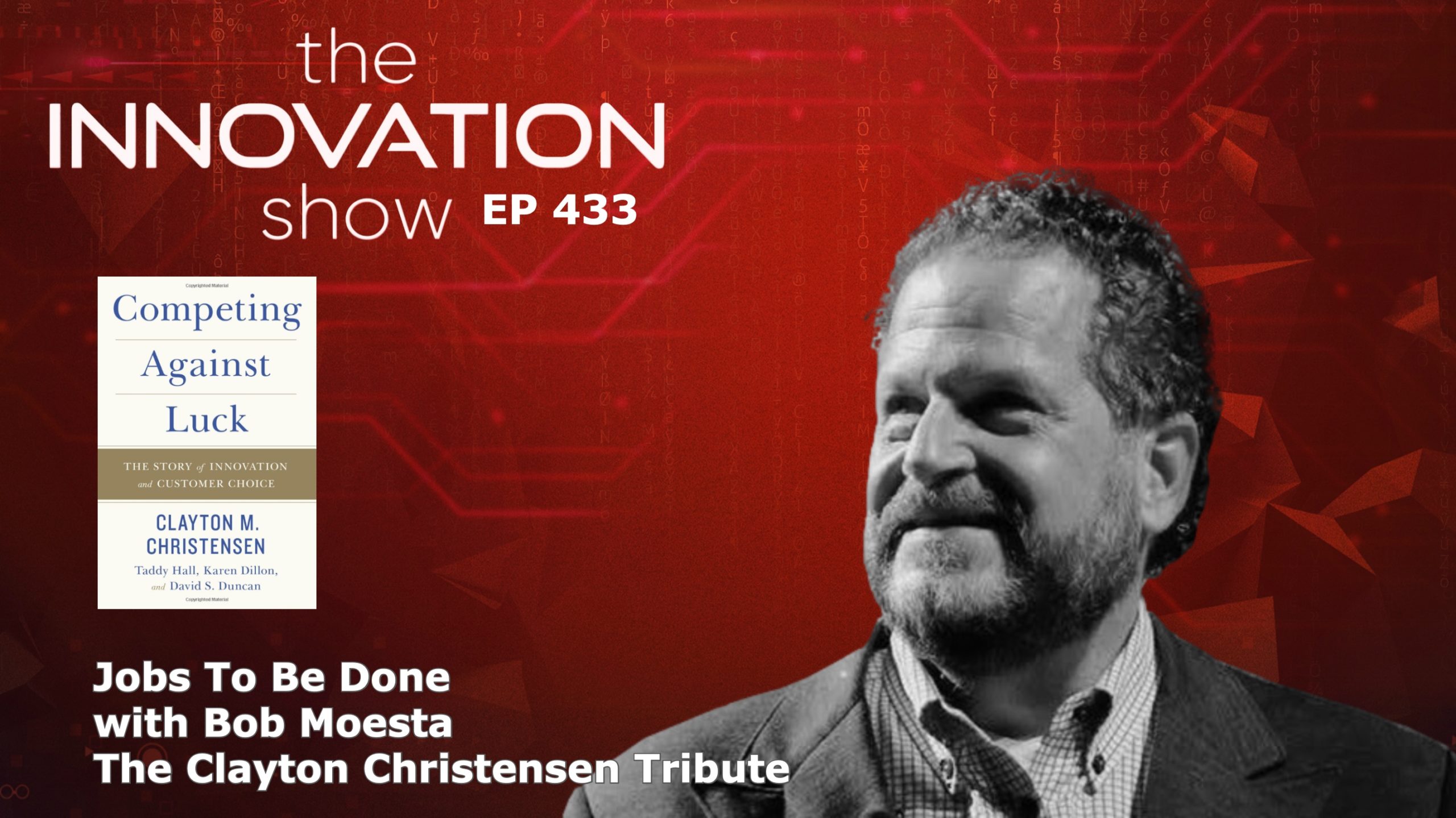Businesses throw Hail Marys when encountering a crisis, such as declining sales or disruptive innovation, or technology suddenly upends their business plan. Equally, leaders throw Hail Marys to meet analyst expectations when they have been coasting in the game for a long time. In sports, there is a thin line between arrogance and confidence, and business organisations often fall into the success trap.
Posted 3 years ago Tagged Aidan McCullen Ambidexerity Business Entrepreneurship Human Potential Innovation Lead and Disrupt. Exploit and Explore Leadership Technology Tushman and O'Reilly Undisruptable Winning Through Innovation
In part 2 of our Tushman and O’Reilly series, Charles O’Reilly III explores the importance of cultural alignment in encouraging change. We focus on the cases of DaVita, Microsoft and AGC.
Posted 3 years ago Tagged Aidan McCullen Ambidexerity Business Corporate Culture Disruption Entrepreneurship Innovation Lead and Disrupt. Exploit and Explore Leadership Technology Transformation Tushman and O'Reilly Undisruptable Winning Through Innovation
In today’s business world of flux, explore units are agile, decentralised, experimental cultures, loose work processes, strong entrepreneurial and technical competencies, and relatively young and neurodiverse employees. In contrast to the exploit units, these small entrepreneurial units are inefficient, rarely profitable, and have no established histories. They often deliberately violate the norms valued in older parts of the organization.
Because the explore units are wildly different from the exploit incumbent, explorers are often undermined by the parent company, whose short-term needs override exploration. While the exploit teams win in the short term, they sink the company in the long.
Posted 3 years ago Tagged Aidan McCullen Business Corporate Culture Deinosuchus Disruption Leadership Rightsizing Strategy Transformation
Leaders must rightsize the organisation for their current reality when confronting change, a difficult task, as Kodak discovered.
Posted 3 years ago Tagged Aidan McCullen Business Clayton Christensen Design Rules Entrepreneurship Harvard Dean Kim Clark HBR Innovation Kim B. Clark Kim B. Clark - The Interaction of Design Hierarchies and Market Concepts in Technological Evolution Kim Bryce Clark Leadership Modularity Technology Undisruptable
Kim Bryce Clark is with us to celebrate the life and theories of his friend Clayton Christensen and, indeed, share some of his theories.
Posted 3 years ago Tagged Aidan McCullen Business Clayton Christensen Efosa Ojomo Entrepreneurship Innovation Leadership Prosperity Paradox Technology Undisruptable
It’s a pleasure to welcome the co-author of The Prosperity Paradox: How Innovation Can Lift Nations Out of Poverty, Efosa Ojomo
Posted 3 years ago Tagged Aidan McCullen Business Clayton Christensen Disruption Innovation Leadership Strategy Transformation
History is replete with examples where bankrupt organisations had all the ingredients they needed to endure, but their perspective biased their evaluation. In many cases, engineers at established firms had invented the same technology that led to their firm’s demise. However, the entrants led the commercialisation of disruptive technologies rather than incumbents because of the relativity problem.
Posted 3 years ago Tagged Aidan McCullen Business Capitalists Dilemma Clayton Christensen Corporate Culture Derek Van Bever Disruption Entrepreneurship Human Potential Innovation Leadership Stall Points Technology Transformation Undisruptable
It is a pleasure to welcome a great friend of Clay Christensen, yet another soul deeply touched by the man, the author of “Stall points” and author of the 2014 paper, The Capitalist’s Dilemma, Derek van Bever.
Posted 3 years ago Tagged Egreg-ORGS Egregore Egregore Organisations
Organisations are egregores or egreg-ORGS. Organisations feed on the energy of their employees, suppliers and customers. Organisations reach their goals through the energetic alignment of their collectives. The thoughts and emotions of employees emit energy that is harnessed to create a collective entity greater than the sum of its parts. Egregores are not always harmful but have led to genocide, slavery and war. For this article, I want to highlight the idea of an organisation sapping the energy of its people and ostracising those who go against the grain.
Posted 3 years ago Tagged Aidan McCullen Corporate Culture Disruption Entrepreneurship Innovation Leadership Strategy Technology Transformation
Clayton Christensen mentored Bob Moesta, and they became fast friends. Bob was one of the principal architects of the Jobs To Be Done theory. He expands on the theory and shares his respect for his friend Clay.









